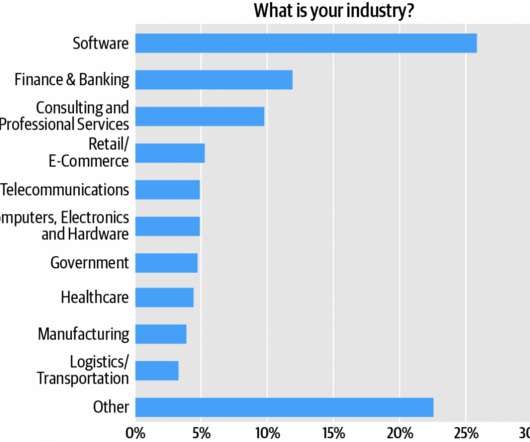DBaaS vs Self-Managed Cloud Databases
Scalegrid
DECEMBER 6, 2023
The choice of self-managed cloud databases vs DBaaS is a common debate among those who are looking for the best option that will cater to their particular needs. Database as a Service (DBaaS) and managed databases offer distinct advantages along with certain challenges.












Let's personalize your content